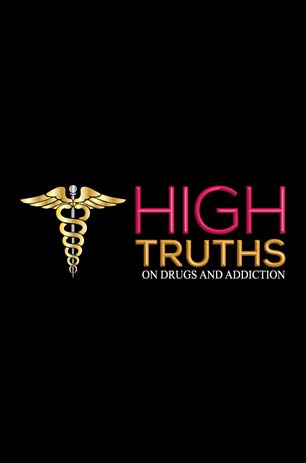AAA Survey: Users of Marijuana and Alcohol Take More Risks Behind the Wheel
As 4/20 looms, AAA Survey Finds Users of Both Admit Variety of Dangerous Driving Behaviors View the survey results HERE
As 4/20 looms, AAA Survey Finds Users of Both Admit Variety of Dangerous Driving Behaviors View the survey results HERE

The International Academy on the Science and Impact of Cannabis (IASIC) is excited to present the IASIC Speaker Series. Presented free of charge, this ongoing educational seminar series will focus on the science, data and peer-reviewed research surrounding marijuana and will be led by international medical experts. This non-partisan and non-political series is continually developed,
Exciting News! Libby Stuyt’s Interview on Randy Tobler Show! Hey everyone, we wanted to share some thrilling news! The brilliant Dr. Libby Stuyt recently had an enlightening interview on Randy Tobler Show. Dr. Stuyt is known for her groundbreaking work in the field of addiction medicine and mental health. Her insights are nothing short of
Introduction Cannabis contains over 100 cannabinoids, of which Δ9-tetrahydrocannabinol and cannabidiol are the most clinically relevant. Tetrahydrocannabinol is a partial agonist at CB1 and binds CB2 receptors. CB1 is widely expressed by central and peripheral neurones but also by immune cells and other type of cells in the brain and in the periphery, and when
The International Academy on the Science and Impact of Cannabis (IASIC) is excited to present the IASIC Speaker Series. Presented free of charge, this ongoing educational seminar series will focus on the science, data and peer-reviewed research surrounding marijuana and will be led by international medical experts. This non-partisan and non-political series is continually developed,